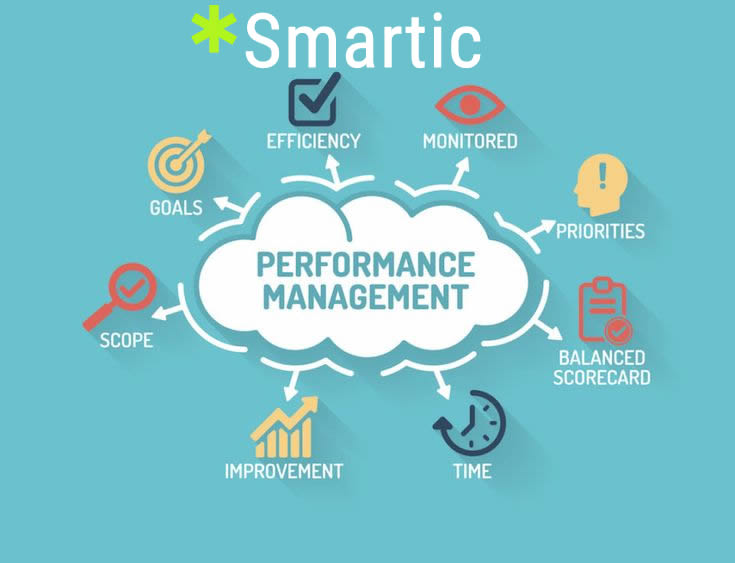Channel Management
Smartic Pro Channel management is a strategic approach to managing and optimizing the various pathways through which products and services reach the end consumer. This involves overseeing relationships with intermediaries, such as distributors, wholesalers, and retailers, to ensure that products are distributed efficiently, cost-effectively, and in a manner that aligns with the company’s overall business objectives. Effective channel management can enhance market reach, improve customer satisfaction, and drive profitability. This article explores the key components, benefits, challenges, and best practices of channel management, providing a detailed understanding of how organizations can optimize their distribution channels.
Understanding Channel Management
Channel management involves the planning, implementation, and control of marketing channels to ensure that products are delivered to consumers in the most effective way. It includes selecting the right mix of Smartic Pro channel partners, managing relationships with these partners, and continuously assessing and improving channel performance. The ultimate goal is to create a seamless and efficient distribution network that maximizes product availability and customer satisfaction while minimizing costs.
Key Components of Channel Management
- Channel Design: The process of determining the most effective way to reach target customers. This involves selecting the appropriate types of intermediaries, such as wholesalers, retailers, distributors, or direct sales, and designing the structure of the distribution network.
- Channel Selection: Identifying and selecting the right channel partners who have the capability and resources to effectively distribute the company’s products. This includes evaluating potential partners based on their market coverage, expertise, reputation, and financial stability.
- Channel Coordination: Ensuring that all Smartic Pro channel partners work together harmoniously to achieve common goals. This involves establishing clear communication channels, setting expectations, and aligning the incentives of all parties involved.
- Channel Motivation: Encouraging and motivating Smartic Pro channel partners to perform at their best. This can be achieved through various incentive programs, such as discounts, bonuses, training, and support.
- Channel Performance Measurement: Continuously assessing the performance of channel partners using key performance indicators (KPIs) such as sales volume, market share, customer satisfaction, and profitability. Regular performance reviews help identify areas for improvement and ensure that channel partners are meeting their targets.
- Channel Conflict Management: Addressing and resolving conflicts that may arise between channel partners. This includes identifying the sources of conflict, such as competition between partners or discrepancies in goals, and implementing strategies to resolve them effectively.
Benefits of Effective Channel Management
- Increased Market Reach: By leveraging the networks and expertise of channel partners, companies can expand their market reach and access a larger customer base.
- Cost Efficiency: Effective channel management can reduce distribution costs by optimizing the use of intermediaries and improving the efficiency of the distribution network.
- Improved Customer Satisfaction: Ensuring that products are readily available and delivered promptly enhances customer satisfaction and loyalty.
- Enhanced Brand Visibility: Working with reputable channel partners can enhance brand visibility and reputation, leading to increased brand recognition and trust.
- Better Sales Performance: Motivated and well-supported channel partners are more likely to achieve their sales targets, driving overall business growth.
- Risk Mitigation: Diversifying distribution channels reduces the risk of dependency on a single channel, ensuring business continuity in case of disruptions.

Challenges in Channel Management
- Channel Conflict: Conflicts between Smartic Pro channel partners can arise due to competition, overlapping roles, or differences in objectives. Managing these conflicts requires effective communication and negotiation skills.
- Maintaining Consistency: Ensuring consistent messaging, pricing, and customer experience across all channels can be challenging, especially with multiple partners involved.
- Complexity: Managing multiple channels and partners increases the complexity of operations, requiring sophisticated systems and processes to handle coordination and monitoring.
- Performance Monitoring: Continuously monitoring and assessing the performance of Smartic Pro channel partners can be resource-intensive, requiring dedicated personnel and robust data analytics capabilities.
- Changing Market Dynamics: Adapting to changing market conditions and consumer preferences requires flexibility and agility in channel management strategies.
Best Practices for Effective Channel Management
- Develop a Clear Channel Strategy: Establish a comprehensive channel strategy that aligns with the company’s overall business objectives. Define the roles and responsibilities of each channel partner and set clear performance expectations.
- Select the Right Partners: Carefully evaluate and select channel partners based on their capabilities, market coverage, reputation, and alignment with the company’s values and goals.
- Foster Strong Relationships: Build and maintain strong relationships with channel partners through regular communication, collaboration, and support. Invest in training and development programs to enhance partner capabilities.
- Implement Incentive Programs: Design and implement incentive programs that motivate channel partners to perform at their best. Offer rewards for achieving sales targets, improving customer satisfaction, and other key performance metrics.
- Use Technology to Streamline Operations: Leverage technology solutions such as Customer Relationship Management (CRM) and Smartic Pro Channel Management software to streamline operations, track performance, and enhance communication with channel partners.
- Monitor and Evaluate Performance: Continuously monitor the performance of channel partners using KPIs and other metrics. Conduct regular performance reviews and provide feedback to identify areas for improvement.
- Address Conflicts Promptly: Proactively address any conflicts that arise between channel partners. Use mediation and negotiation techniques to resolve disputes and maintain harmony within the distribution network.
- Adapt to Market Changes: Stay informed about market trends and consumer preferences, and be prepared to adapt channel strategies accordingly. Flexibility and agility are key to staying competitive in a dynamic market.
Future Trends in Channel Management
- Omnichannel Integration: The rise of omnichannel retailing is driving the need for seamless integration between online and offline channels. Companies must ensure a consistent and cohesive customer experience across all touchpoints.
- Digital Transformation: Advancements in digital technology are revolutionizing channel management. Smartic Pro From AI-driven analytics to automation tools, digital solutions are enhancing efficiency, accuracy, and decision-making.
- Sustainability and Ethics: Increasing consumer awareness of sustainability and ethical practices is influencing channel management strategies. Companies are prioritizing eco-friendly and socially responsible partners.
- Personalization: Personalization is becoming a key differentiator in channel management. Companies are leveraging data analytics to understand customer preferences and tailor their offerings to individual needs.
- Collaborative Partnerships: The future of Smartic Pro channel management lies in building collaborative partnerships with channel partners. Companies are focusing on creating mutually beneficial relationships that drive innovation and growth.
